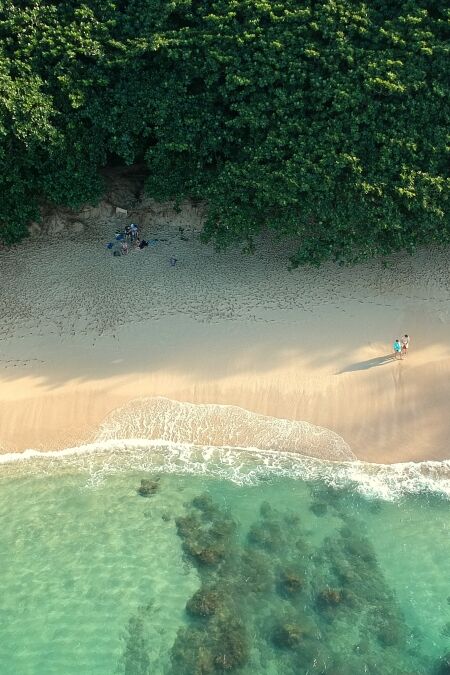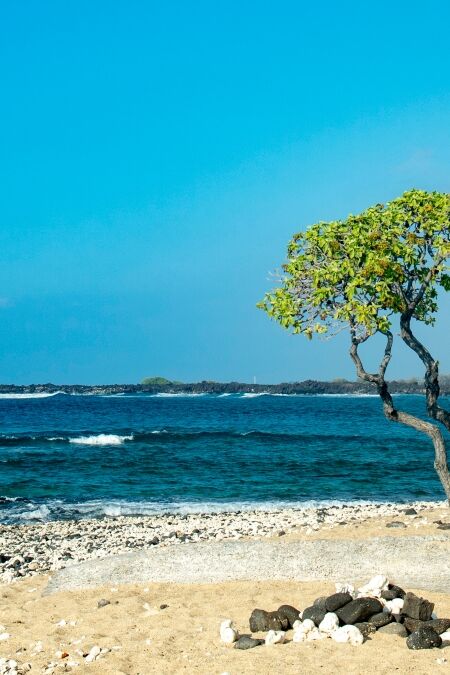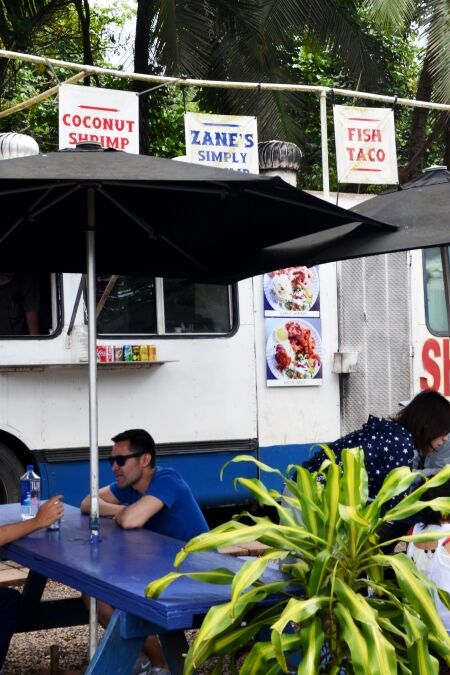Molokini, a crescent-shaped volcanic crater just off Maui’s southern coast, is famous for its breathtaking underwater scenery and rich marine biodiversity. This one-of-a-kind destination is perfect for adventurers and nature lovers, offering a range of exciting activities. In this guide, we’ll dive into Molokini’s top experiences, share essential travel tips, and help you make the most of your visit for an unforgettable adventure.
Highlights
- Molokini Crater is known for its crystal-clear waters with visibility reaching up to 150 feet, making it one of the best snorkeling and diving spots in Hawaii.
- As a designated Marine Life Conservation District, Molokini is a protected habitat. This ensures that the ecosystem remains vibrant, providing visitors with a rare chance to explore one of Hawaii’s most pristine underwater environments.
- The islet is home to several seabird species, such as wedge-tailed shearwaters, which nest along the crater.
- Since Molokini is only accessible by boat, tours to the crater often include additional activities like whale watching (seasonal), snorkeling stops at nearby Turtle Town, or luxury boat rides.
History
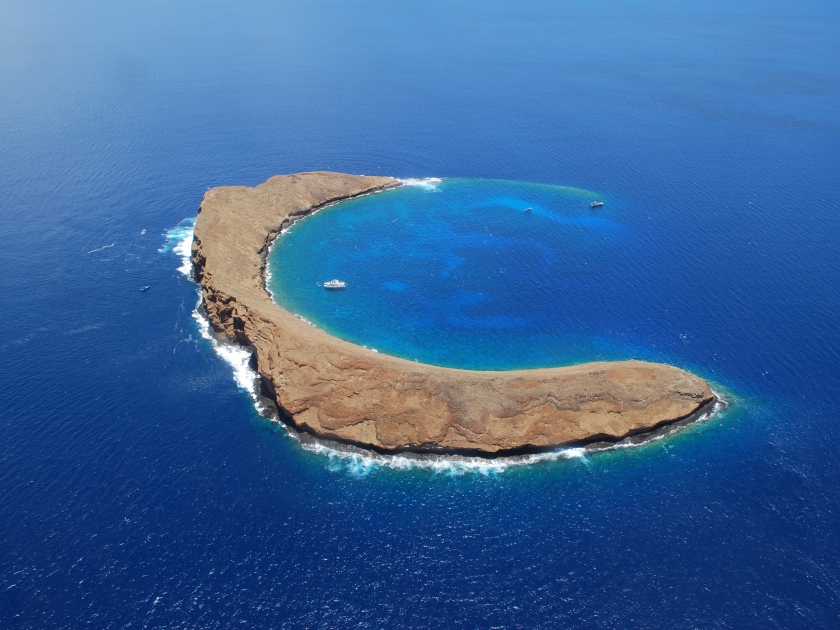
Volcanic Origins
Molokini’s formation dates back approximately 230,000 years, following a volcanic eruption. Although the exact date remains debated among scientists, it’s widely agreed that this eruption played a pivotal role in shaping Molokini’s iconic crescent. Unlike many Hawaiian islands, which formed from volcanic activity above the ocean’s surface, Molokini’s creation happened underwater. This underwater formation not only contributed to its unique crescent shape but also fostered the growth of its rich marine ecosystem.
Ancient Hawaiian Presence
Molokini holds cultural significance in Hawaiian history. Archaeological evidence indicates that ancient Hawaiians frequently visited the islet for fishing and other purposes. The strategic location allowed them to observe ocean currents, marine life, and even the movements of passing fish, making Molokini an important spot in their day-to-day lives.
Modern Times
In more recent history, Molokini has transformed into one of Hawaii’s top destinations for snorkeling and diving. Its crescent shape offers natural protection from strong ocean currents, creating calm waters ideal for beginners and experienced swimmers alike. The crater’s clear waters, which boast visibility of up to 150 feet, provide a stunning view of colorful coral reefs, tropical fish, and marine life unique to Hawaii.
Conservation Efforts
Molokini is now a designated Marine Life Conservation District, which helps protect its fragile ecosystem from human activity. This status ensures that Molokini remains a pristine natural habitat for future generations, making it a must-visit location for those seeking a unique marine adventure in Hawaii.
Snorkeling and Diving at Molokini
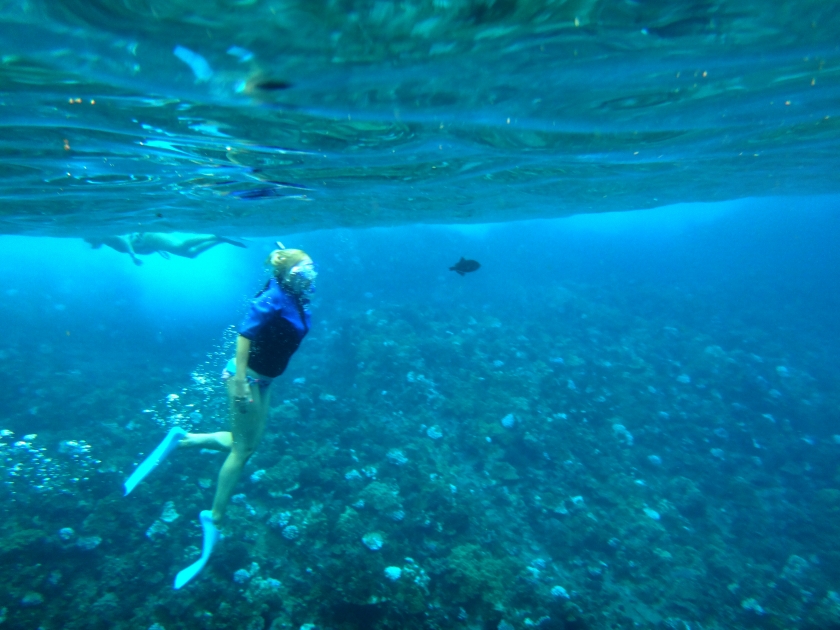
Molokini offers an exceptional snorkeling and diving experience, with visibility often reaching 100 to 150 feet, though it can occasionally drop to 80 feet depending on weather and ocean conditions The crescent-shaped volcanic crater shelters vibrant coral reefs, home to more than 250 species of marine life. This protected marine sanctuary is a prime destination for underwater exploration. The crater provides a range of depths suitable for various skill levels, with shallow snorkeling areas inside the crater ideal for beginners. For advanced divers, the famous Back Wall offers a more challenging experience. The Back Wall plunges to depths exceeding 300 feet and is known for strong currents and open-ocean conditions, making it best suited for experienced divers
Wildlife and Marine Life at Molokini
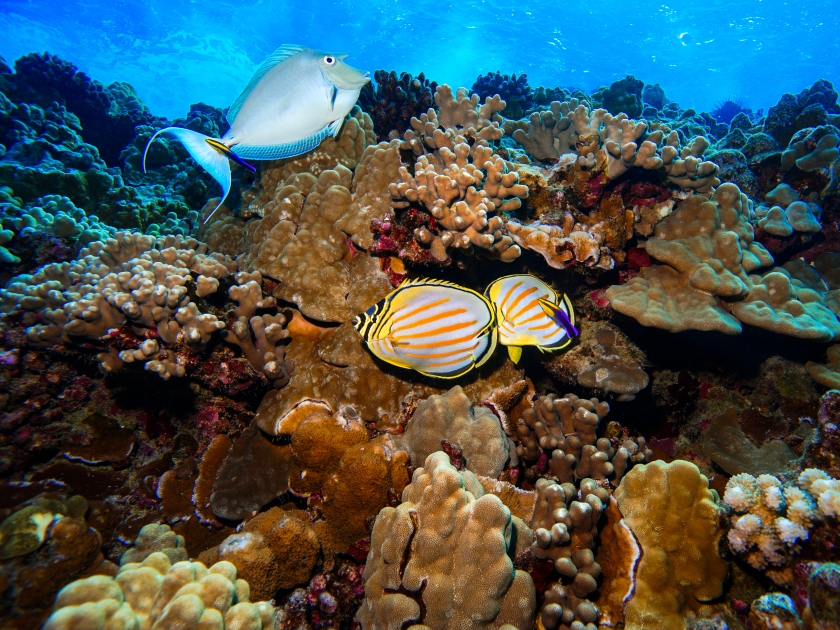
Molokini’s waters are home to a diverse array of marine life, making it a haven for snorkelers and divers. Its vibrant coral reefs host numerous species of tropical fish, sea turtles, and manta rays, offering an immersive underwater experience. As a protected marine preserve, Molokini’s coral reef conservation efforts are crucial, and visitors are encouraged to respect the ecosystem by using reef-safe sunscreen and following guidelines. During certain seasons, you might even spot larger marine creatures like dolphins or humpback whales passing through the area, adding to the wonder of this unique destination.
Tours and Guided Experiences
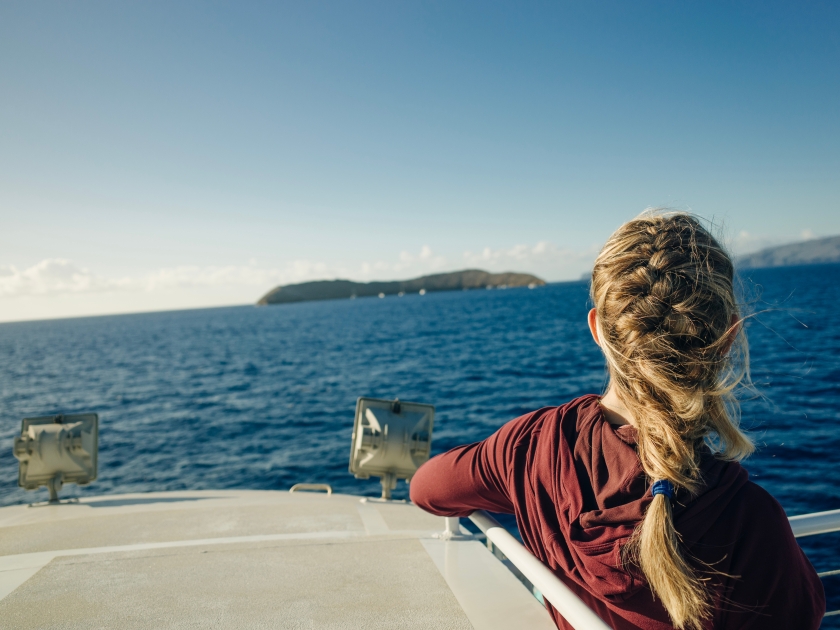
Molokini offers a wide range of snorkeling and diving tours, including boat rides and private charters, catering to all skill levels. Many key providers emphasize eco-friendly experiences, ensuring that your visit leaves a minimal environmental footprint while enhancing your adventure. These tours typically provide everything you need, including snorkeling gear, flotation devices, and expert guidance from certified instructors. You can also opt for private charters for a more personalized experience. Many tours come with added perks such as lunch on board, making your trip to Molokini both enjoyable and hassle-free.
Tips for Visiting
- Book in advance: Tours and charters often fill up quickly, so secure your spot ahead of time.
- Choose reef-safe sunscreen: Protect the marine ecosystem by using sunscreens that don’t harm coral reefs.
- Pack light: Most tours provide snorkeling gear, so bring only essentials like a hat, towel, and waterproof bag.
- Stay hydrated: Bring water to stay refreshed during your tour, especially under the Maui sun.
- Go early: Morning tours offer calmer waters and clearer visibility for snorkeling and diving.
- Respect wildlife: Keep a safe distance from marine life and follow the instructions of your guide to preserve the ecosystem.
- Prepare for motion sickness: If you’re prone to seasickness, consider taking medication before boarding the boat.
Best Times to Visit
The best time to visit Molokini is during the morning hours when the waters are calm, and visibility is at its peak, allowing for an optimal snorkeling and diving experience. Year-round, Molokini offers excellent conditions, but the dry season from April to October typically brings the clearest waters and calmest seas. For wildlife enthusiasts, visiting between December and April provides a chance to spot migrating humpback whales during your boat ride to the crater. Regardless of the season, early bookings are recommended to secure a spot on the most popular tours.
Other Attractions Near Molokini
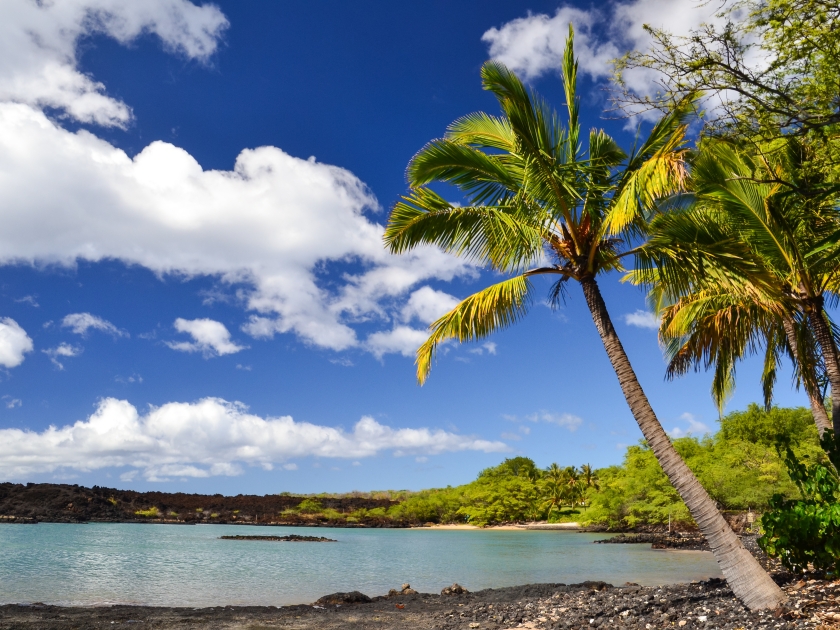
In addition to exploring Molokini, nearby attractions like Turtle Town and La Perouse Bay offer more opportunities to experience Maui’s stunning marine life. Turtle Town is famous for its abundance of Hawaiian green sea turtles, while La Perouse Bay boasts volcanic landscapes and unique snorkeling spots. Many boat tours also extend their trips to include these locations, giving you a chance to explore more of Maui’s vibrant coast. Popular beaches like Makena Beach and Wailea Beach are also nearby, offering even more opportunities for sunbathing, swimming, and marine adventures.
Nearby Dining and Accommodations
Molokini isn’t just a prime snorkeling spot—it’s also close to excellent dining and accommodation options. For a memorable meal, head to Bistro Molokini at the Grand Wailea, where you can enjoy Mediterranean and contemporary American dishes in a relaxed yet elegant setting. If you’re seeking luxurious accommodations, the Grand Wailea Resort offers stunning ocean views and direct beach access. For a more local vibe, visit Māla Ocean Tavern in Lahaina, known for its laid-back atmosphere and fresh, locally sourced ingredients.
Frequently Asked Questions (FAQs)
Molokini Crater is a crescent-shaped volcanic caldera located off the coast of Maui, famous for its crystal-clear waters and vibrant marine life, making it a top snorkeling and diving destination.
No, it is illegal to touch or remove any marine life or coral from Molokini due to its protected status as a marine life conservation district. Always respect the natural environment while visiting.
Yes, Molokini Crater is one of the best snorkeling spots in Hawaii, with excellent visibility, calm waters, and diverse coral and fish species.
Yes, Molokini Crater is a popular scuba diving destination due to its clear waters, unique underwater topography, and abundant marine life.
You should bring reef-safe sunscreen, a hat, sunglasses, a towel, and a waterproof camera to capture the vibrant marine life you’ll encounter while snorkeling.
Yes, Molokini Crater is a designated Marine Life Conservation District, protecting its ecosystem and prohibiting fishing or collecting of marine life.
How to Get There
By Car
Since Molokini is a crescent-shaped, partially submerged volcanic crater located off the coast of Maui, Hawaii, you cannot drive directly to it. Visitors must first travel to the island of Maui. Once in Maui, you can drive to Maalaea Harbor or Kihei Boat Ramp, where tour boats depart for Molokini. Both locations have ample parking and are reachable from most parts of the island by following major highways like Honoapiilani Highway (Highway 30) to Maalaea or South Kihei Road to Kihei.
By Bus
Public transportation won’t take you directly to Molokini, but you can get as close as possible using the bus system on Maui. The Maui Bus Public Transit System offers routes that serve various parts of the island. Ride the bus to stops near Maalaea Harbor or Kihei, and from there, you can walk or take a short taxi ride to the departure points where tour boats leave for Molokini. It’s important to check the latest bus schedules and routes, as they can change frequently.
Swim with the Fishes, but Leave Only Bubbles
Molokini is a world-class marine preserve brimming with vibrant life beneath the surface. As you dive into the beauty of Molokini, remember to tread lightly and embrace eco-friendly travel practices to ensure this natural wonder remains protected for generations to come.


